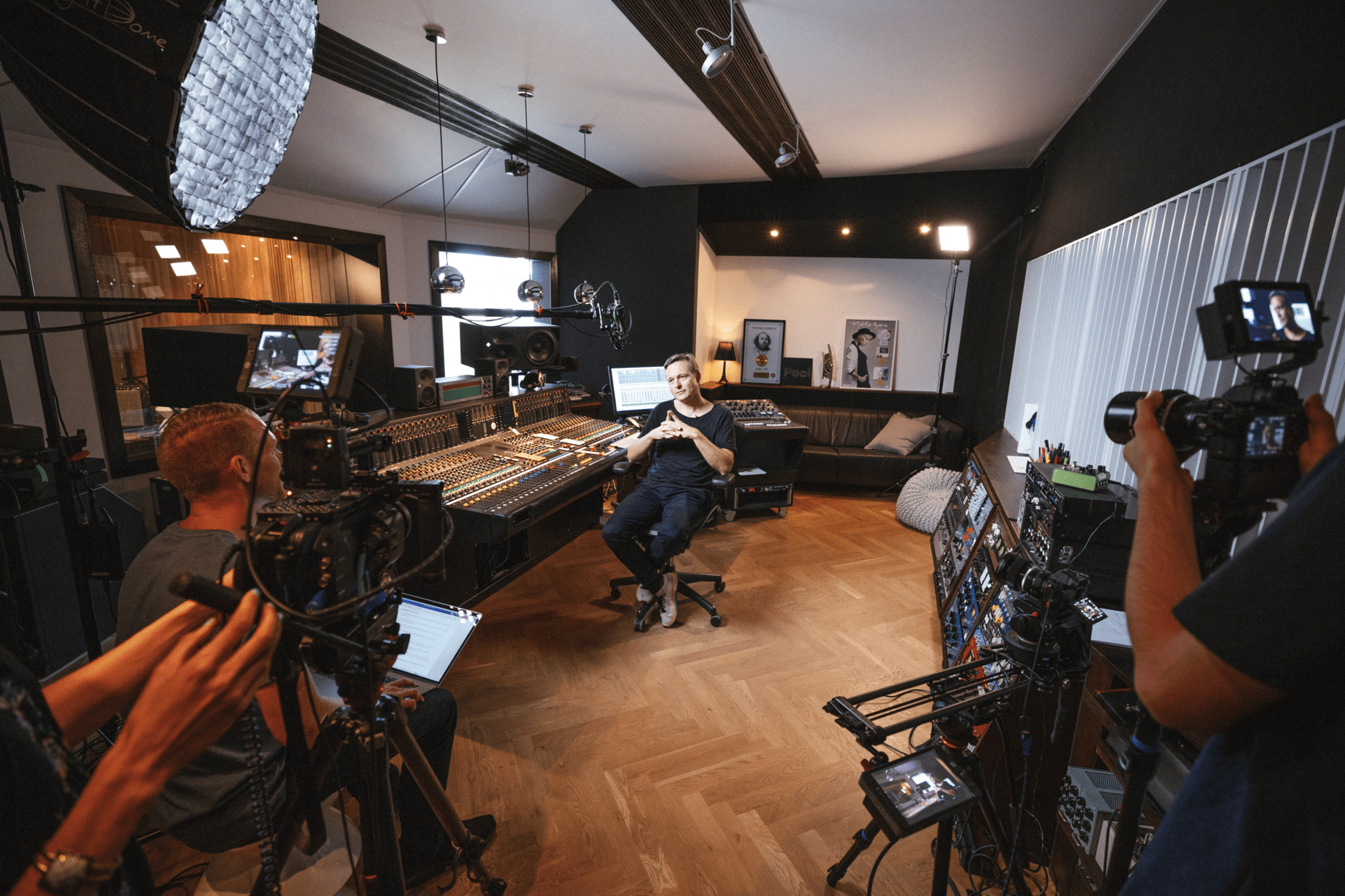At JRS, the studio is centered around a 32-channel Neumann console that was originally custom-made for the Berlin Opera House in 1991. “The mic pres are great, the EQs are fantastic and every one is different,” says Reinemer of the console. “For me, it’s not [just] that they are the best EQs. They are high standard, but all the EQs have different flavor. It’s all about the flavors and the possibilities we can achieve.”
Depending on the application, Reinemer also works in Pro Tools with hardware inserts. “And I also work with an SSL Sigma, which is a summing box, but also can control analogue levels,” he adds. “This box, I use for automating my levels on the Neumann board, automating my groups, my parallels, my masters. When I mix the drums, I have a TG limiter, which pumps really loud. If I don’t want to go back into the box, I can just ride this fader and make it louder in the chorus and then back it off. The flexibility of the board is really cool for this setup.”
When Reinemer launched JRS in 2013, he realized that he needed more microphones than those he had available at his previous, smaller facility. “I already had some good mics, the U 47, two U 67s, but still I needed more; I had to invest in my collection,” he says. “It’s good [to] have the biggest palate of tones that you can get. All mics are good for something. There is no ‘this is good’ or ‘this is bad;’ it’s just wide, narrow, clear, dark, round, crisp.”
In addition to his insight about microphones and recording styles, Reinemer offers insight for up and coming audio professionals. “You should be prepared for any situation, set up the most you can,” he says. “One engineer once told me – ‘you should compare it to a flight. Everything is set up when the people get on the plane and there’s some adjustments to make, but the plane is ready to take off.’ The artists have a lot of other stuff in their heads when they’re recording. Never distract them with technical stuff. Never bring negative energy over there, always have them trust in you.”

































